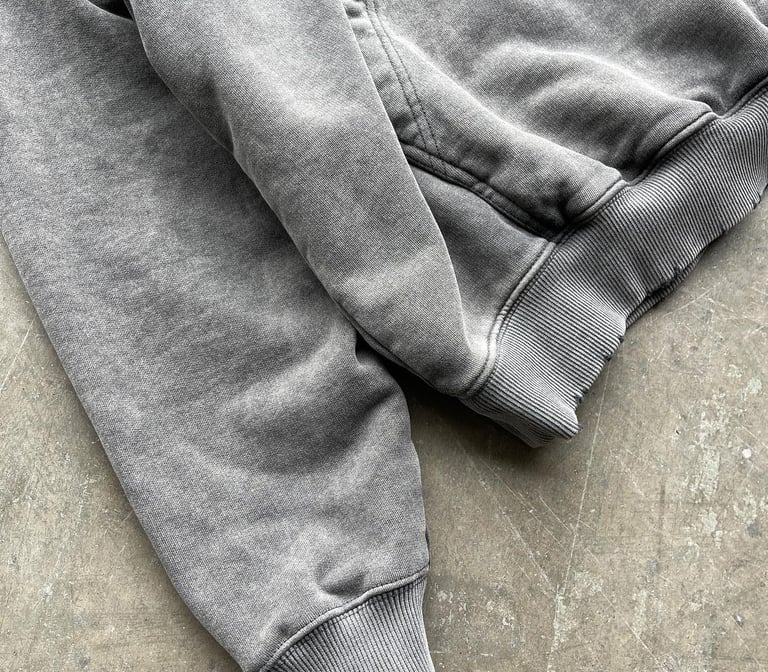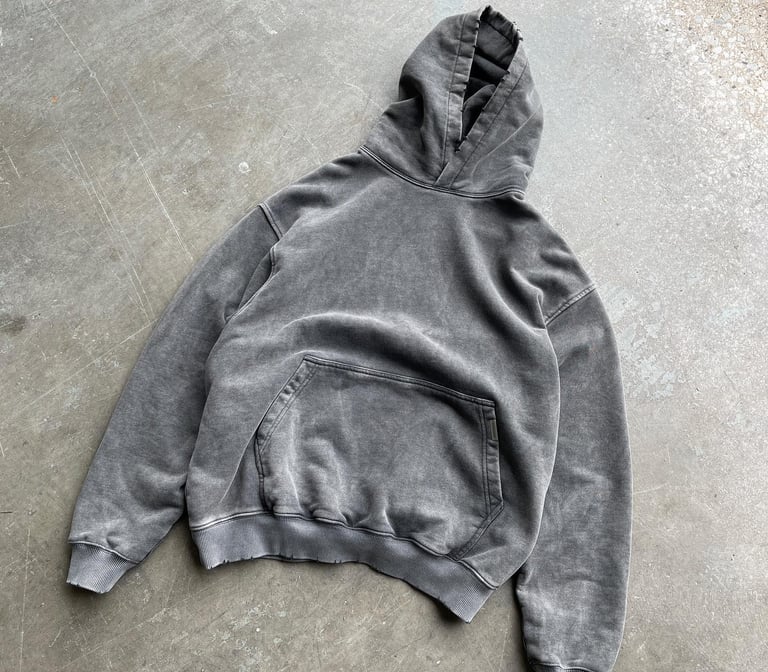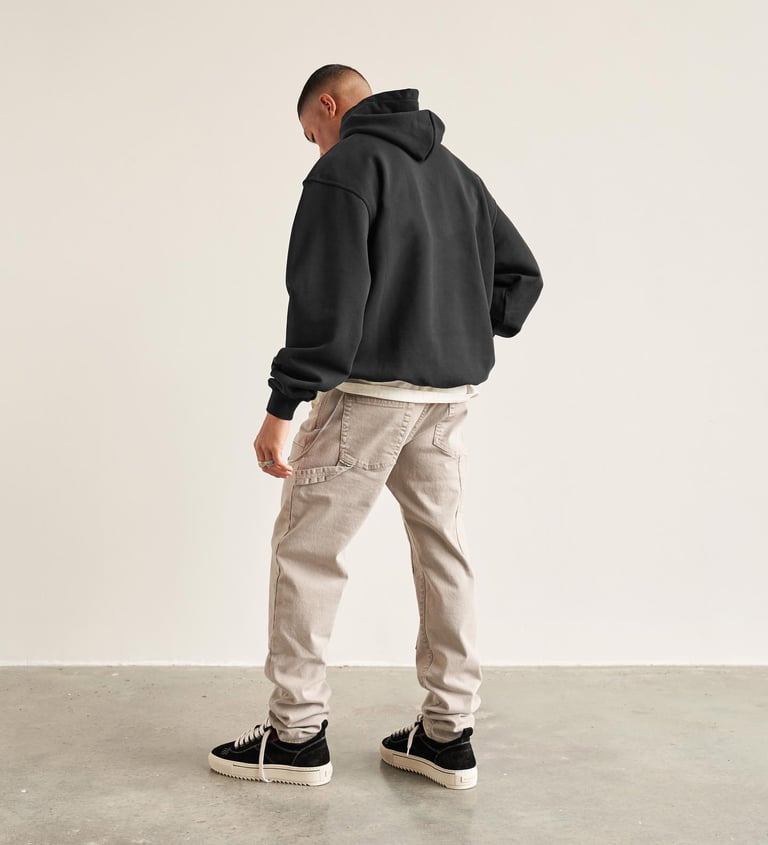Why is GSM Important?
1. Quality and Durability
High GSM Fabrics: Fabrics with a high GSM are generally thicker and more durable. These are often used for winter wear and premium garments.
Low GSM Fabrics: Fabrics with a low GSM are lighter and airier, making them ideal for summer wear and cheaper garments. However, to customers, they can give your brand a low-quality feel.
2. Perception of Luxury
In the world of fashion, a higher GSM often translates to a perception of luxury and premium quality. A thicker, heavier fabric feels more substantial and is often associated with high-end brands. When positioning your brand, choosing the right GSM can help align your products with your desired market segment.
3. Comfort and Wearability
The GSM of a fabric directly influences how comfortable it feels against the skin and how suitable it is for different weather conditions. For example, a 120 GSM cotton T-shirt would be great for hot climates, while a 300 GSM T-shirt would be great for colder environments or to give a luxury feel.
4. Cost Implications
Higher GSM fabrics typically cost more due to the greater amount of material used and potentially more intricate manufacturing processes. As you plan your clothing line, balancing GSM with your budget is crucial. Premium, high GSM fabrics can justify a higher retail price, appealing to customers looking for quality and longevity. Research has also found customers make more repeat purchases from brands that provide high quality clothign compared to those who dont.
Are Low GSM Fabrics Always Low Quality?
No, lightweight fabrics aren't always bad quality. Fabrics like Nylon or Lyocell all have use cases and can be done to a very high standard. However, to the average consumer higher GSMs just 'feel' higher quality in general. So whilst a lighter fabric could even have better craftsmanship or composition, the average consumer will still want to choose a higher GSM fabric just because of the luxurious feeling weight and drape it gives.
Conclusion And Thoughts
To conclude, GSM is a very important factor to consider when looking for clothing to start your brand with. It can make the difference between customers coming back or going with competitors and is a key factor in how customers will perceive your brand.
In my experience as someone that's ran a successful clothing brand as well as some failed ones, high GSM is the way to go, especially if you can get them at a low cost. It will give your customers something to remember you by amongst all of the other brands, something that makes you stand out. Being remembered or kept in mind by customers is absolutely essential in the saturated clothing industry, and offering high quality is one way to achieve this.
If you need help with GSMs, fabric selection, or even marketing / anything else that goes into starting a brand, get in touch with me here.








